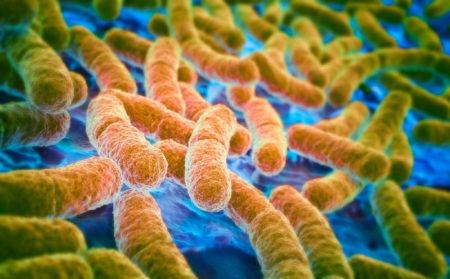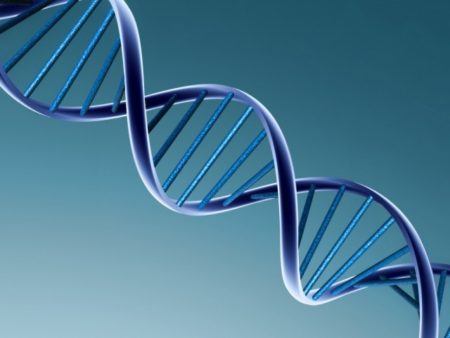Modified Polymerase Chain Reaction Distinguish Between Live and Dead Bacteria
 DNA-based diagnostic, such as Polymerase Chain Reaction (PCR) tends to overestimate the number of live cells because it will also measure the DNA from dead cells. This is because of the relatively long perseverance of DNA after cell death (e.g. up to 3 weeks). DNA extracted from a sample can originate from any cell, regardless of its metabolic state. Consequently, most DNA-based diagnostics cannot distinguish between live and dead bacteria, and this is a major drawback of the techniques.
DNA-based diagnostic, such as Polymerase Chain Reaction (PCR) tends to overestimate the number of live cells because it will also measure the DNA from dead cells. This is because of the relatively long perseverance of DNA after cell death (e.g. up to 3 weeks). DNA extracted from a sample can originate from any cell, regardless of its metabolic state. Consequently, most DNA-based diagnostics cannot distinguish between live and dead bacteria, and this is a major drawback of the techniques.
After processes such as pasteurization or disinfections, dead bacteria might be present. While the dead bacteria present no hazard it can still be detected by PCR. Injured cells are virulent and may or may not be detected by standard procedures. PCR offers a more rapid and sensitive method than culture-based techniques, but the major limitation is the lack of differentiation of DNA from live or dead bacteria. In food matrices and the environment, DNA can be very stable and persist for extended periods of time, and therefore, it is desirable to have DNA-based assays that can identify only viable organisms.
A study by Tuskegee University researchers (Drs. Temesgen Samuel, Woubit S. Abdela, and Tsegaye Habtemariam with Yehualaeshet) allows the separation between live and dead bacteria. “PCR has been developed decades back, and the time spent for conventional PCR and our PCR — we call it viability PCR — protocol is the same,” Yehualaeshet said . “The novel aspect of our patent is that we developed a modified sample preparation, which enables the PCR to detect only viable, or live, bacteria.”
“During the sample preparation for PCR, we used a safe compound which will be ideal as a routine detection protocol for the presence of viable organisms. This invention will be mainly beneficial, but not limited, to the food industry to monitor biological decontamination, disinfection or the sanitization process.” That’s important, Dr. Yehualaeshet said, because the risk of contamination and disease comes from live bacteria. “If a detection method could not differentiate the dead from the live bacteria, then there is always a risk of false positive alarm”.

The research team from Tuskegee just got a United States Patent no. 9434976,for the rapid and more reliable detection of viable foodborne, pathogens and other infectious microbes using modified Polymerase Chain Reaction sample preparation. It provides a method of detecting the presence of a live microbe in a sample. The method comprises of:
- Isolating the microbe from the culture;
- Adding Gel Red™ dye to the isolated microbe from step (a);
- Extracting DNA from the microbe after step (b);
- Performing PCR on the DNA from step (c);
- Analyzing PCR results from step (d) for the presence or absence of amplified DNA using real time PCR and further gel electrophoresis confirmation; and
- Correlating the presence of amplified DNA from step (e) with the presence of live bacteria in the test sample. It may be desirable to further confirm that no viable bacteria were present by culturing on an appropriate media after heat and isopropyl alcohol inactivation of the culture.
The key ingredient used in the assay is Gel Red™ a DNA-intercalating chemical that is highly selective in penetrating only into dead bacteria (not live). The penetrating chemical binds with the DNA and blocks amplification of the targeted gene. It is claimed to be extremely stable and environmentally safe fluorescent nucleic acid dye.
“If there is no live organism after sterilization, it means the chemical used and the sterilization process works well. Therefore, the best detection technology should be able to detect only viable bacteria.”
